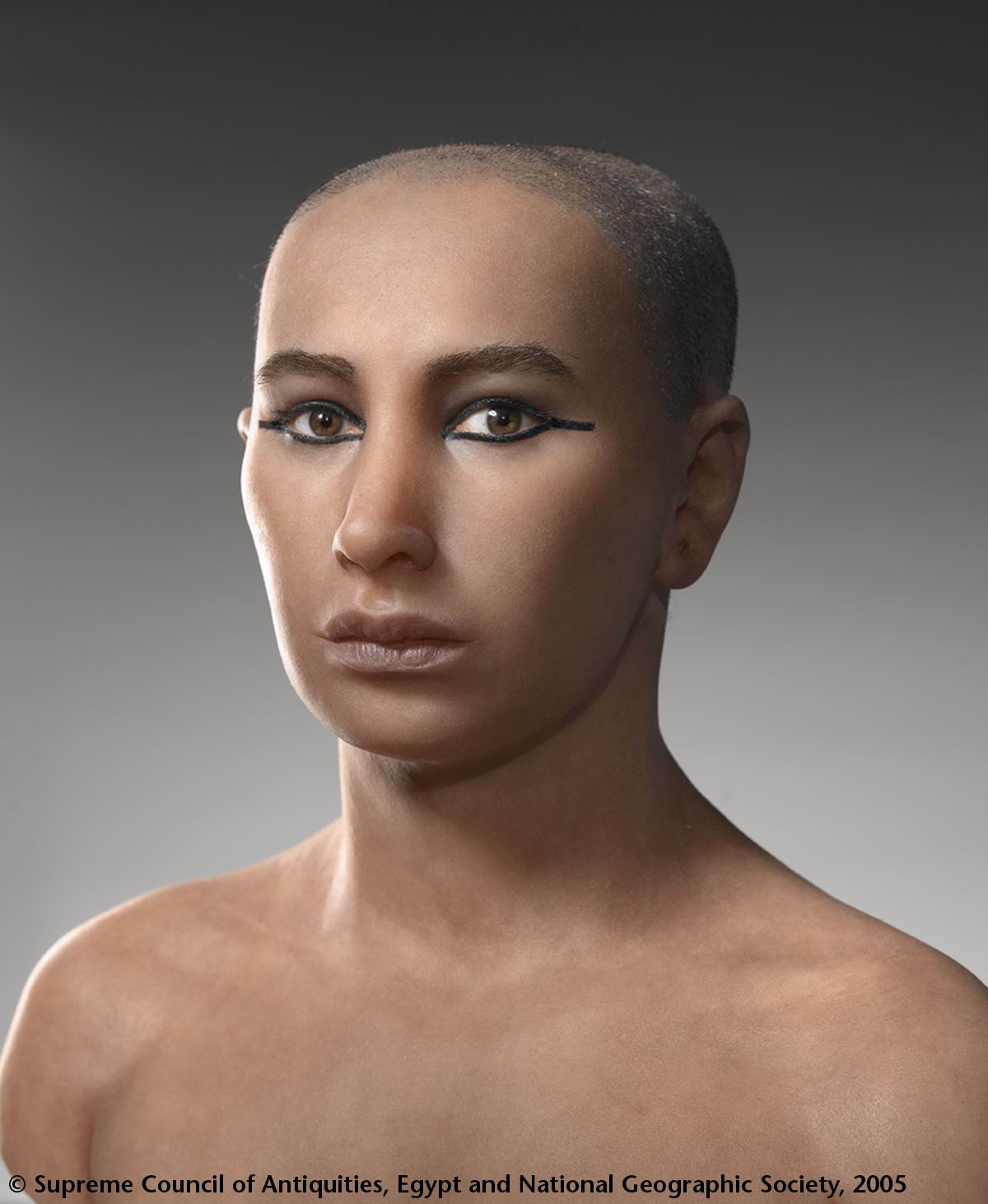godkiller
"We are the Fury"
Use of the amplification refractory mutation system (ARMS) in the study of HbS in predynastic Egyptian remains.
Marin A1, Cerutti N, Massa ER.
Author information
Abstract
We conducted a molecular investigation of the presence of sicklemia in six predynastic Egyptian mummies (about 3200 BC) from the Anthropological and Ethnographic Museum of Turin. Previous studies of these remains showed the presence of severe anemia, while histological preparations of mummified tissues revealed hemolytic disorders. DNA was extracted from dental samples with a silica-gel method specific for ancient DNA. A modification of the polymerase chain reaction (PCR), called amplification refractory mutation system (ARMS) was then applied. ARMS is based on specific priming of the PCR and it permits diagnosis of single nucleotide mutations. In this method, amplification can occur only in the presence of the specific mutation being studied. The amplified DNA was analyzed by electrophoresis. In samples of three individuals, there was a band at the level of the HbS mutated fragment, indicating that they were affected by sicklemia. On the basis of our results, we discuss the possible uses of new molecular investigation systems in paleopathological diagnoses of genetic diseases and viral, bacterial and fungal infections.
Use of the amplification refractory mutation system (ARMS) in the study of HbS in predynastic Egyptian remains. - PubMed - NCBI
50% incidence rate, 3 out of 6, Egyptian mummies had sickle cell trait.

Marin A1, Cerutti N, Massa ER.
Author information
Abstract
We conducted a molecular investigation of the presence of sicklemia in six predynastic Egyptian mummies (about 3200 BC) from the Anthropological and Ethnographic Museum of Turin. Previous studies of these remains showed the presence of severe anemia, while histological preparations of mummified tissues revealed hemolytic disorders. DNA was extracted from dental samples with a silica-gel method specific for ancient DNA. A modification of the polymerase chain reaction (PCR), called amplification refractory mutation system (ARMS) was then applied. ARMS is based on specific priming of the PCR and it permits diagnosis of single nucleotide mutations. In this method, amplification can occur only in the presence of the specific mutation being studied. The amplified DNA was analyzed by electrophoresis. In samples of three individuals, there was a band at the level of the HbS mutated fragment, indicating that they were affected by sicklemia. On the basis of our results, we discuss the possible uses of new molecular investigation systems in paleopathological diagnoses of genetic diseases and viral, bacterial and fungal infections.
Use of the amplification refractory mutation system (ARMS) in the study of HbS in predynastic Egyptian remains. - PubMed - NCBI
50% incidence rate, 3 out of 6, Egyptian mummies had sickle cell trait.




 so they weren't white
so they weren't white  I've been lied to
I've been lied to







